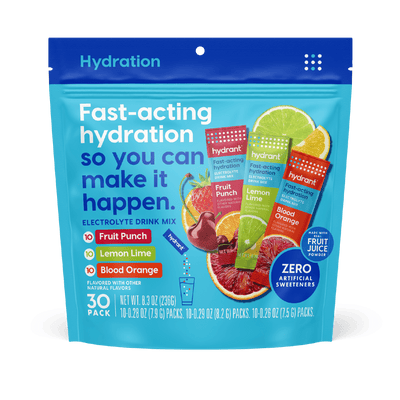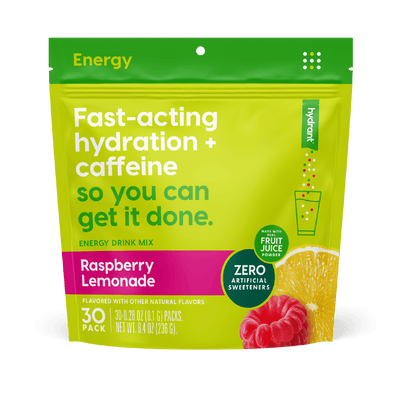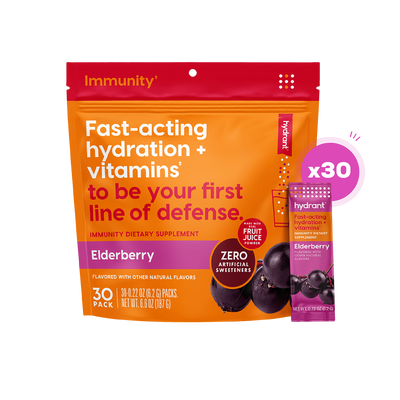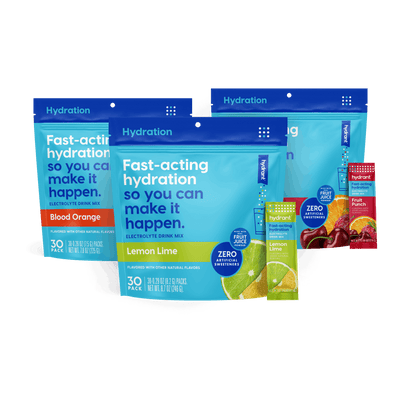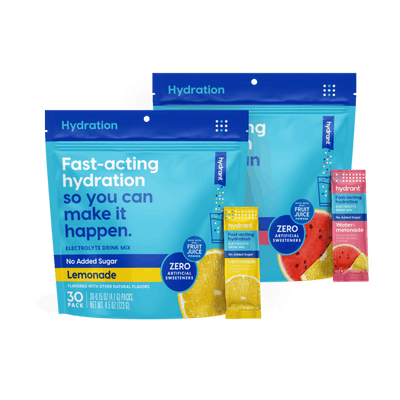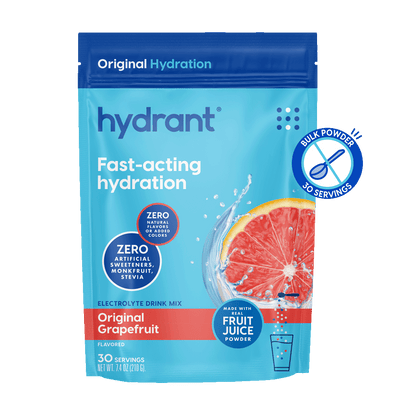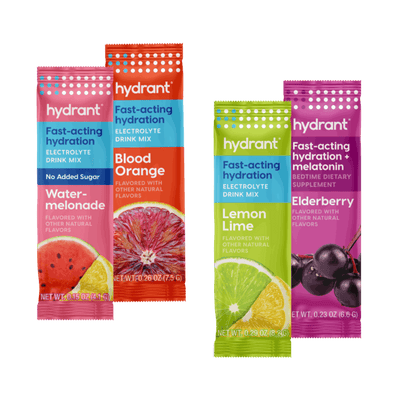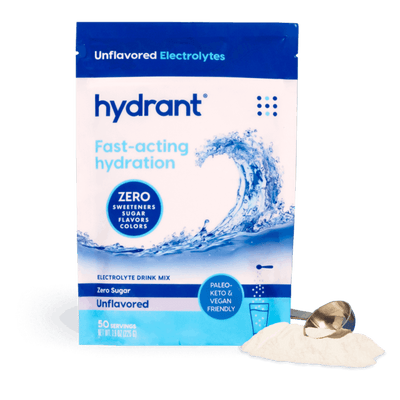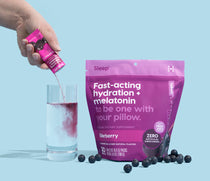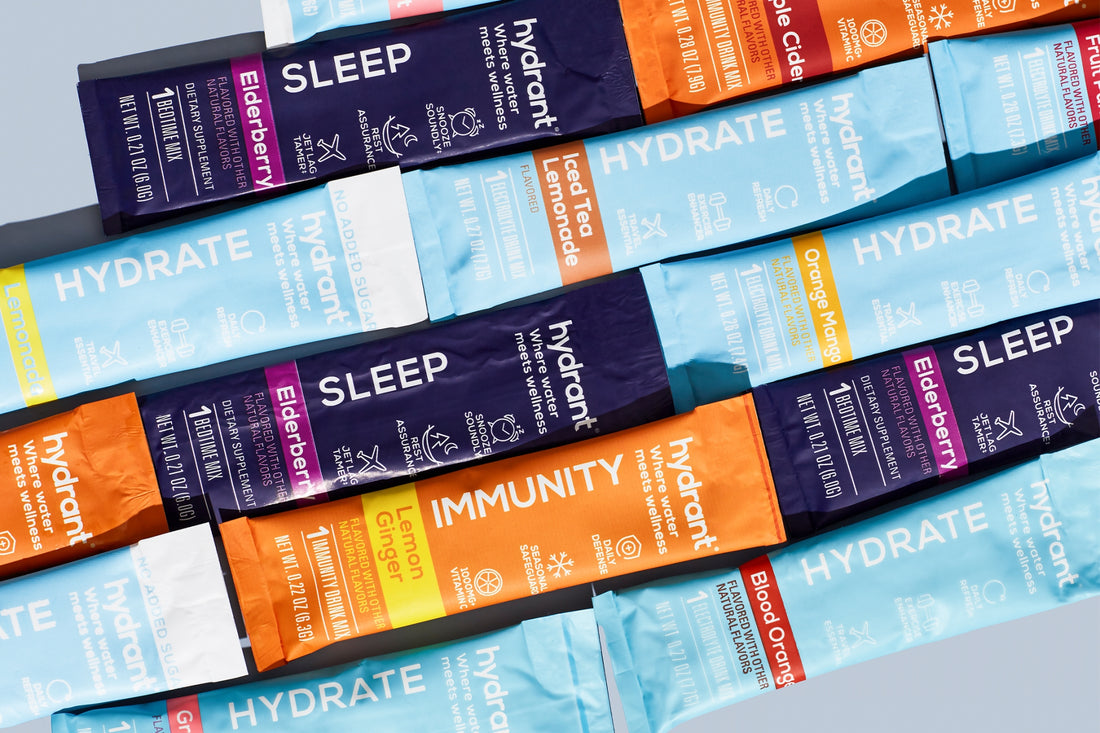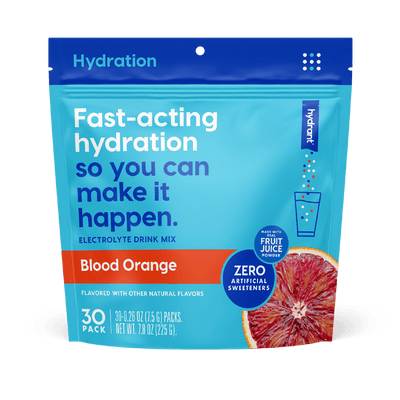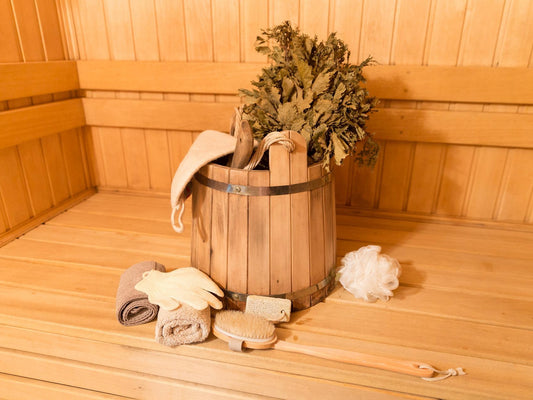Do you love rock climbing but do you hate dealing with rock climbing hands?
If you’re sick of climbing blisters and calluses getting in your way, keep reading. Listed below are some tips that will help you level up your hand care routine and maximize your comfort.
Signs of Rock Climbing Hands
If you’re an experienced climber, you’re most likely familiar with “rock climbing hands.” If you’re new to the sport, though, you might be wondering what we’re talking about.
For most people, rock climbing hands involve the following:
- Blisters: Blisters are small bubbles that form on the top layer of the skin; they can be filled with blood, plasma, serum, or pus [1]
- Calluses: Calluses are small, hardened sections of skin that are thick, rough, yellowish in color, and less sensitive to the touch than other areas [2]
- Dryness/cracking: Rock climbers generally want to stay away from moisture, and they may use materials like chalk to help them accomplish this; chalk can be very drying to the skin, and long-term dryness may lead to cracks
- Flappers: “Flappers” are loose pieces of skin (usually the result of a torn blister or callus) that “flap around” and leave a raw, vulnerable patch of skin behind
- Broken nails: This might not seem like a big deal, but if you’ve ever broken a nail while climbing, you know that it’s not fun!
In general, the symptoms of rock climbing hands aren’t particularly serious. They can be uncomfortable, though, and if they’re left unaddressed, they could increase your risk of skin infections [3].
What Causes Rock Climbing Hands?
From flappers to rock climbing blisters, the number one cause of rock climbing hands is friction.
Think about it. When you’re rock climbing, whether it’s in a gym or on the side of a mountain, your hands are constantly being rubbed against a variety of surfaces. When you do this over and over again, you’re creating friction, which causes blisters, flappers, and calluses.

Rock climbers also go to great lengths to keep their hands dry. You don’t want to deal with sweaty, slippery palms when you’re trying to climb, right?
By going the extra mile to keep moisture at bay while climbing, though, you could inadvertently set yourself up for prolonged dryness and cracks.
Rock Climbing Hand Care Tips
As a climber, whether you do it as a hobby or as a regular form of exercise, here’s no way to completely steer clear of rock climbing hands. There are some steps you can take to minimize the damage, though, and reduce your risk of experiencing more severe discomfort or infections.
The following are some of the most effective steps to take to care for your hands:
Trim Your Nails
Long nails might look glamorous, but they’re not your friend when you’re rock climbing. If you fail to trim them up before you start climbing, you could end up with a painful broken nail (or even several broken nails).
Some gyms keep nail clippers behind the desk or in a first aid kit. If you forget to address your nails before you leave the house, you can ask around and then take care of them before you begin climbing.
If the idea of using the same pair of clippers as hundreds of other people weirds you out (totally understandable), keep a pair in your bag instead.
Moisturize (But Time It Right!)
It’s easy to assume that moisture is the enemy while you’re rock climbing.
It’s true that you don’t want slippery or sweaty hands right when you’re about to start your climb. However, you don’t need to eschew moisture altogether, either.
Moisturizing an hour or two before climbing will ensure your skin is hydrated and elastic. This, in turn, will reduce your chances of dealing with cracking or splitting.
Consider looking for a moisturizer specifically designed for climbers. These moisturizers are less likely to contain wax, which tends to be extra greasy-feeling and could interfere with your climb.
Choose Clean Chalk
Chalk is a staple for climbers, but some types of chalk may be more likely to irritate your hands than others. This is especially true of the chalk that climbing gyms typically buy in bulk.

If you’ve noticed that your hands are extra-sensitive, or if you just want to avoid potential issues, look for a brand of chalk that doesn’t contain any impurities or drying agents like magnesium sulfate or silica [4,5].
Stay Hydrated
If you have a habit of under-hydrating, you might notice that you’re more prone to dry skin than others. Don’t forget, your body is about 60 percent water, and your skin, specifically, is about 64 percent water [6].
When you don’t make hydration a priority, your body has to pull water from other areas, including the skin, to function properly. This can lead to increased dryness and an increased risk of cracking or splitting skin.
Make sure you drink plenty of water throughout the day when you’re getting ready to rock climb. Keep water on hand to drink while climbing, too.
It might also benefit you to add an electrolyte mix like Hydrant to your water while climbing (especially if you’re planning on climbing for a long time). This can help to replace electrolytes lost through sweat, and it helps to keep you better-hydrated than water alone. Plus, it’s a refreshing boost after a tough climb!
Monitor Your Hands
When you’re having a great time rock climbing, it’s easy to get in the zone and not notice when the skin on your hands is starting to get irritated. Make an effort to check-in while climbing, though (when it makes sense, of course—don’t let go of the rock to take a look at your palm).
If you do notice any potential issues, such as dryness, broken nails, or blisters forming, take a break so you can address them. This will help you to prevent problems from getting worse, and it’ll give you a chance to rest a little so you can perform to the best of your abilities.
File Your Skin After Climbing
When you’re finished climbing, take a few minutes to file your skin. Use a pumice stone or sandpaper file to file down your calluses, specifically.
Ideally, your calluses will be smooth. Otherwise, they can become frayed, which makes them more prone to ripping. This leads to cracks and flappers, neither of which is great for a climber.
File down your calluses as much as you can (without breaking the skin). Keep in mind, too, that you may need to upgrade your file over time as you start climbing more frequently and your skin starts to get thicker.
Patch Flappers Properly
If you find yourself dealing with flappers while climbing, follow these steps to take care of it and patch it up:
Stop climbing. Don’t keep climbing with a flapper flapping all over the flapping place! If you do, you’ll just make it worse. You’ll also get blood on all the holds. Not. Cool.
- Clean the area with soap and water
- Trim away loose skin with a (clean) pair of nail clippers or scissors
- Apply an antibiotic spray or ointment
- Apply a clean, dry bandage
- Cover the area with climbing tape for extra security
Keep the supplies mentioned above (bandages, antibiotic spray/ointment, climbing tape, etc.) in your bag. That way, if you notice a flapper, you can take care of it right away without having to rifle through the gym’s first aid kit.
Wash Your Hands
Even if you don’t have a flapper to deal with, you still need to wash your hands thoroughly with soap and water after you’ve finished climbing.
This will get rid of chalk residue on your hands (and minimize your exposure to possible drying agents). Of course, it will also get rid of any bacteria or germs that might be lingering after your climb.
Reduce Hot Water Exposure
When you’re washing your hands immediately after climbing, and when you’re washing your hands in between climbs, try to minimize your hot water exposure. Hot water is more drying to the skin than lukewarm or cold water because it strips away natural oils [7].
Wash your hands and bathe in warm water rather than letting it get as hot as possible. When you’re washing dishes or engaged in other activities that require hot water, wear gloves to reduce direct exposure.
Don’t Overdo It
Finally, remember to give yourself breaks in between climbing sessions. Try not to climb for too long, too.

If you overdo it and don’t give the skin on your hands a chance to recover, you’ll be more likely to deal with rock climbing hands. You’ll also find yourself doing a lot more maintenance to try and avoid cracks, flappers, and other issues.
Say Goodbye to Rock Climber Hands Today
These climbing skin care tips can help and make climbing much more enjoyable. Give them a try so you can address blisters, calluses, and other issues today!
